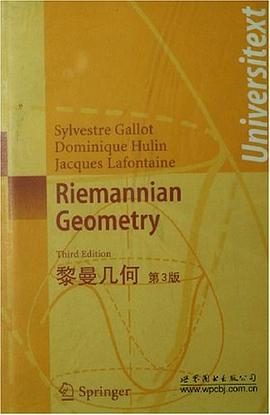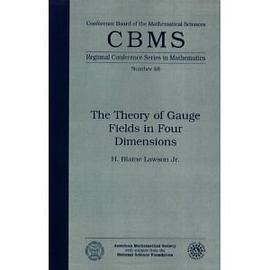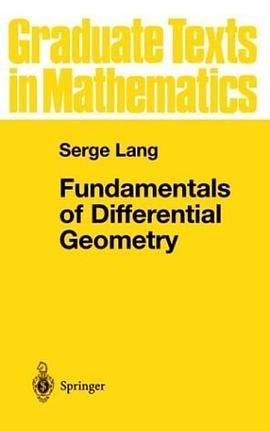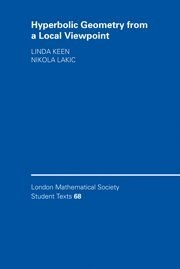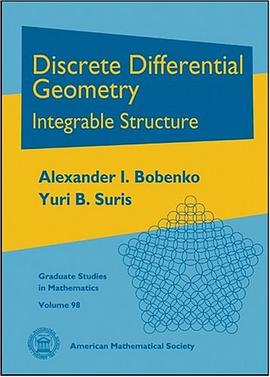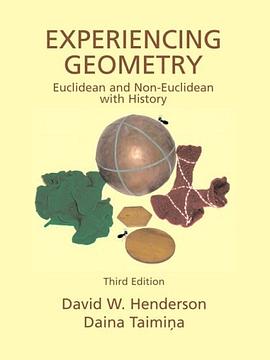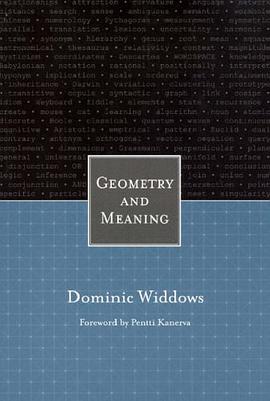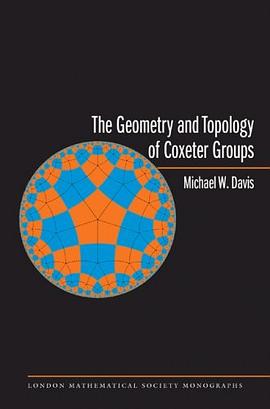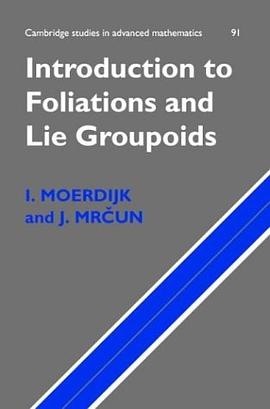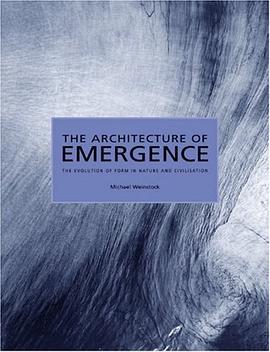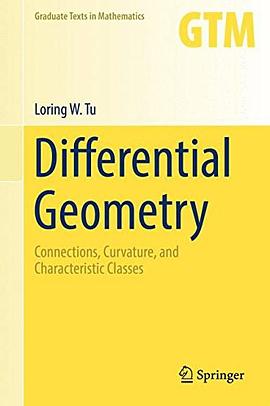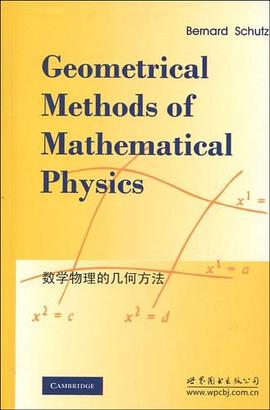Differential manifolds 1.A From submanifolds to abstract manifolds 1.A.1 Submanifolds of Euclidean spaces 1.A.2 Abstract manifolds 1.A.3 Smooth maps 1.B The tangent bundle 1.B.1 Tangent space to a submanifold of Rn+k 1.B.2 The manifold of tangent vectors 1.B.3 Vector bundles 1.B.4 Tangent map 1.C Vector fields 1.C.1 Definitions 1.C.2 Another definition for the tangent space 1.C.3 Integral curves and flow of a vector field 1.C.4 Image of a vector field by a diffeomorphism 1.D Baby Lie groups 1.D.1 Definitions 1.D.2 Adjoint representation 1.E Covering maps and fibrations 1.E.1 Covering maps and quotients by a discrete group 1.E.2 Submersions and fibrations 1.E.3 Homogeneous spaces 1.F Tensors 1.F.1 Tensor product(a digest) 1.F.2 Tensor bundles 1.F.3 Operations on tensors 1.F.4 Lie derivatives 1.F.5 Local operators, differential operators 1.F.6 A characterization for tensors1.G Differential forms 1.G.1 Definitions 1.G.2 Exterior derivative 1.G.3 Volume forms 1.G.4 Integration on an oriented manifold 1.G.5 Haar measure on a Lie group 1.H Partitions of unity2 Riemannian metrics 2.A Existence theorems and first examples 2.A.1 Basic definitions 2.A.2 Submanifolds of Euclidean or Minkowski spaces 2.A.3 Riemannian submanifolds, Riemannian products 2.A.4 Riemannian covering maps, flat tori 2.A.5 Riemannian submersions, complex projective space 2.A.6 Homogeneous Riemannian spaces 2.B Covariant derivative 2.B.1 Connections 2.B.2 Canonical connection of a Riemannian submanifold 2.B.3 Extension of the covariant derivative to tensors 2.B.4 Covariant derivative along a curve 2.B.5 Parallel transport 2.B.6 A natural metric on the tangent bundle 2.C Geodesics 2.C.1 Definition, first examples 2.C.2 Local existence and uniqueness for geodesics,exponential map 2.C.3 Riemannian manifolds as metric spaces 2.C.4 An invitation to isosystolic inequalities 2.C.5 Complete Riemannian manifolds, Hopf-Rinow theorem. 2.C.6 Geodesics and submersions, geodesics of PnC: 2.C.7 Cut-locus 2.C.8 The geodesic flow 2.D A glance at pseudo-Riemannian manifolds 2.D.1 What remains true? 2.D.2 Space, time and light-like curves 2.D.3 Lorentzian analogs of Euclidean spaces, spheres and hyperbolic spaces 2.D.4 (In)completeness 2.D.5 The Schwarzschild model 2.D.6 Hyperbolicity versus ellipticity3 Curvature 3.A The curvature tensor 3.A.1 Second covariant derivative 3.A.2 Algebraic properties of the curvature tensor 3.A.3 Computation of curvature: some examples 3.A.4 Ricci curvature, scalar curvature 3.B First and second variation 3.B.1 Technical preliminaries 3.B.2 First variation formula 3.B.3 Second variation formula 3.C Jacobi vector fields 3.C.1 Basic topics about second derivatives 3.C.2 Index form 3.C.3 Jacobi fields and exponential map 3.C.4 Applications 3.D Riemannian submersions and curvature 3.D.1 Riemannian submersions and connections 3.D.2 Jacobi fields of PnC 3.D.3 O'Neill's formula 3.D.4 Curvature and length of small circles.Application to Riemannian submersions 3.E The behavior of length and energy in the neighborhood of a geodesic 3.E.1 Gauss lemma 3.E.2 Conjugate points 3.E.3 Some properties of the cut-locus 3.F Manifolds with constant sectional curvature 3.G Topology and curvature: two basic results 3.G.1 Myers' theorem 3.G.2 Cartan-Hadamard's theorem 3.H Curvature and volume 3.H.1 Densities on a differentiable manifold 3.H.2 Canonical measure of a Riemannian manifold 3.H.3 Examples: spheres, hyperbolic spaces, complex projective spaces 3.H.4 Small balls and scalar curvature 3.H.5 Volume estimates 3.I Curvature and growth of the fundamental group 3.I.1 Growth of finite type groups 3.I.2 Growth of the fundamental group of compact manifolds with negative curvature 3.J Curvature and topology: some important results 3.J.1 Integral formulas 3.J.2 (Geo)metric methods 3.J.3 Analytic methods 3.J.4 Coarse point of view: compactness theorems 3.K Curvature tensors and representations of the orthogonal group 3.K.1 Decomposition of the space of curvature tensors 3.K.2 Conformally flat manifolds 3.K.3 The Second Bianchi identity 3.L Hyperbolic geometry 3.L.1 Introduction 3.L.2 Angles and distances in the hyperbolic plane 3.L.3 Polygons with "many" right angles 3.L.4 Compact surfaces 3.L.5 Hyperbolic trigonometry 3.L.6 Prescribing constant negative curvature 3.L.7 A few words about higher dimension 3.M Conformal geometry 3.M.1 Introduction 3.M.2 The MSbius group 3.M.3 Conformal, elliptic and hyperbolic geometry4 Analysis on manifolds 4.A Manifolds with boundary 4.A.1 Definition 4.A.2 Stokes theorem and integration by parts 4.B Bishop inequality 4.B.1 Some commutation formulas 4.B.2 Laplacian of the distance function. 4.B.3 Another proof of Bishop's inequality 4.B.4 Heintze-Karcher inequality 4.C Differential forms and cohomology 4.C.1 The de Rham complex 4.C.2 Differential operators and their formal adjoints 4.C.3 The Hodge-de Rham theorem 4.C.4 A second visit to the Bochner method 4.D Basic spectral geometry 4.D.1 The Laplace operator and the wave equation 4.D.2 Statement of basic results on the spectrum 4.E Some examples of spectra 4.E.1 Introduction 4.E.2 The spectrum of flat tori 4.E.3 Spectrum of (Sn,can) 4.F The minimax principle 4.G Eigenvalues estimates 4.G.1 Introduction 4.G.2 Bishop's inequality and coarse estimates 4.0.3 Some consequences of Bishop's theorem 4.G.4 Lower bounds for the first eigenvalue 4.H Paul Levy's isoperimetric inequality 4.H.1 The statement 4.H.2 The proof5 Riemannian submanifolds 5.A Curvature of submanifolds 5.A.1 Second fundamental form 5.A.2 Curvature of hypersurfaces 5.A.3 Application to explicit computations of curvatures 5.B Curvature and convexity 5.C Minimal surfaces 5.C.1 First results 5.C.2 Surfaces with constant mean curvatureA Some extra problemsB Solutions of exercisesBibliographyIndexList of figures
· · · · · · (
收起)
